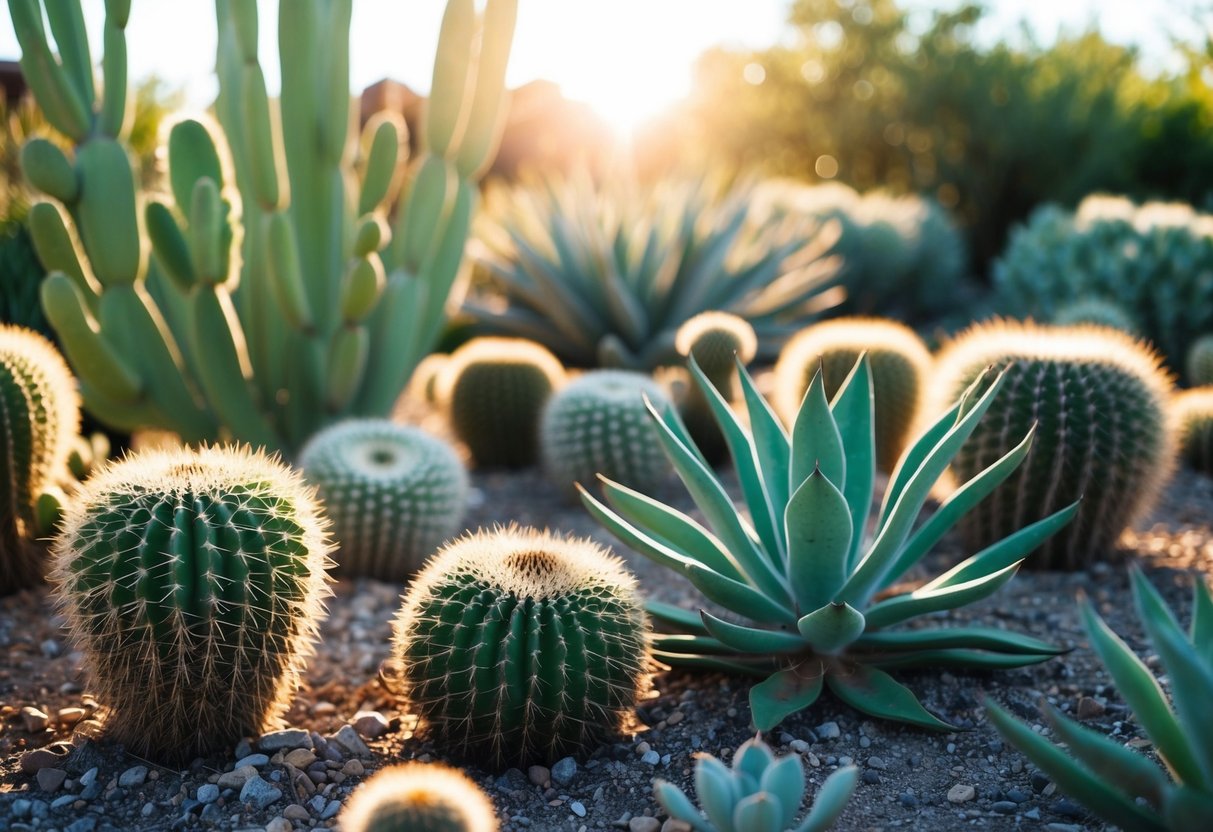
Attracting Pollinators to a Drought-Tolerant Garden
A well-planned drought-tolerant garden can flourish while supporting diverse pollinator populations, enhancing plant health and boosting biodiversity. Selecting specific plants can attract these essential creatures, while creating suitable habitats will ensure they thrive.
Plants That Attract Bees and Butterflies
Lavandula spp., commonly known as lavender, is a popular choice for those aiming to attract bees and butterflies. Its fragrant blooms are not only drought-tolerant but also rich in nectar. Salvia, often referred to as sage, comes in multiple varieties celebrated for their vibrant colors and nectar production. These plants are hardy and require minimal water once established, making them ideal for drought-resistant environments.
Agastache, or hyssop, can also entice a range of pollinators with its aromatic foliage and bright flowers. Known for its adaptability, it thrives in various climates and can endure prolonged dry periods. Each plant plays a unique role in the ecosystem by offering nourishment to bees, butterflies, and other pivotal pollinators.
Creating a Habitat for Pollinators
Creating a welcoming environment involves more than just planting flowers. Diverse sheltering spaces ensure pollinators have somewhere to nest. Stone piles and undisturbed ground areas can serve as ideal nesting locations for ground-dwelling bees. Water features with shallow edges can provide hydration without drowning small insects.
Including a wide range of native plants ensures that pollinators receive constant food throughout their life cycles. Avoiding pesticides will also protect these beneficial insects. Encouraging natural predators helps maintain balance in the garden ecosystem, enhancing the garden’s resilience and sustainability. Together, these elements create a thriving refuge for pollinators in a drought-tolerant landscape.
Container Gardening with Drought-Resistant Species
Container gardening offers a flexible and space-efficient way to grow drought-resistant plants, allowing for optimal soil and water management. Thoughtful choices in container selection and watering techniques are key to success.
Choosing Containers for Dry Conditions
When selecting containers for drought-tolerant plants like Lantana and Nepeta, size and material matter. Larger containers help maintain moisture levels, reducing the frequency of watering. Clay pots, though attractive, can be porous and might not always be ideal for water retention.
Opting for glazed ceramic or plastic containers can help minimize water loss. Ensure that containers have sufficient drainage to prevent water logging. Adding a layer of gravel or stones at the bottom can improve drainage, allowing roots to thrive without excess moisture.
Best Practices for Container Watering
Efficient watering is crucial for container gardening. Drought-resistant plants don’t require frequent watering but benefit from deep watering methods. This helps roots grow stronger and seek out moisture deep within the soil.
Water these plants either early in the morning or late in the evening to reduce evaporation. Utilize a watering can or drip irrigation system to apply water directly to the soil. Mulching the surface of the container with organic material further aids in conserving moisture, enhancing the plant’s ability to thrive in dry conditions.